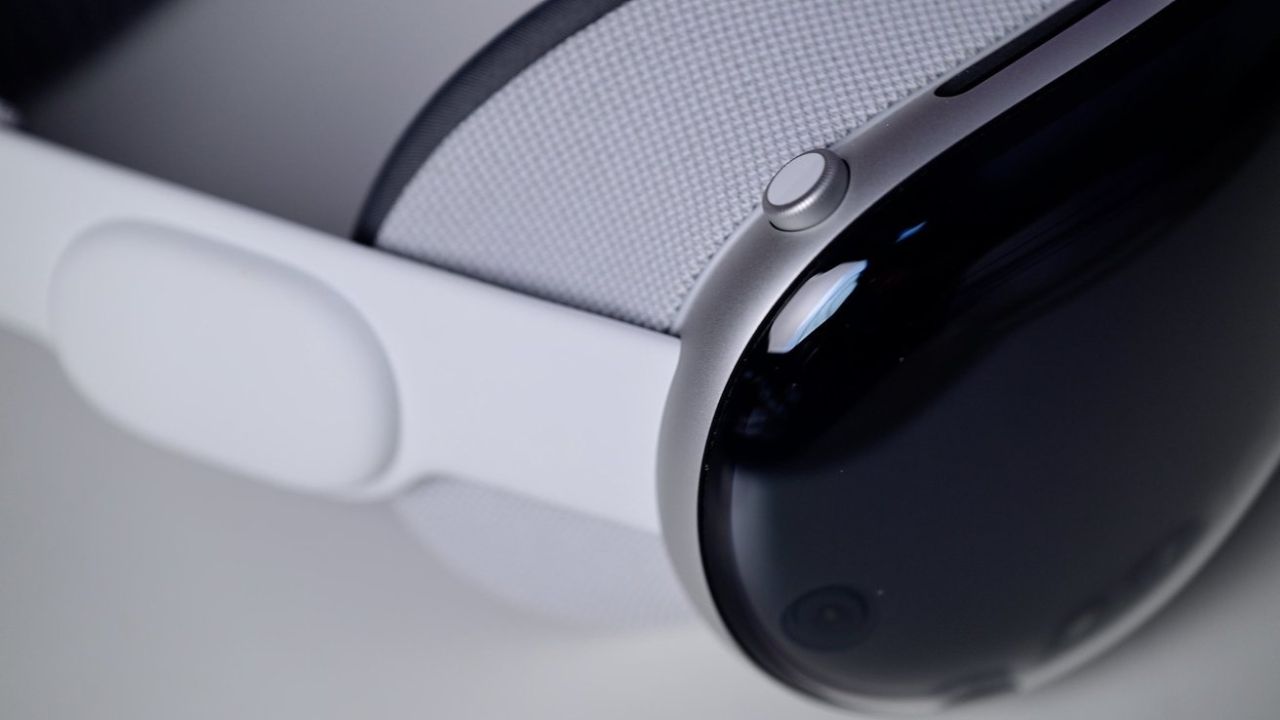
Apple is reportedly preparing to equip its next-generation Apple Vision Pro headset with the advanced R2 chip, leveraging TSMC’s highly anticipated 2nm process. This move marks a significant expansion of Apple’s silicon strategy, taking it beyond iPhones and Macs into the emerging mixed reality market.
Pioneering Mixed Reality with Advanced Silicon
The Apple Vision Pro, a premium device aimed at early adopters, will serve as a showcase for Apple’s most advanced chip technology. By introducing the R2 chip on TSMC’s 2nm process, Apple aims to set a new benchmark for performance, efficiency, and battery life in mixed reality headsets.
Mixed reality headsets face unique challenges, including real-time rendering, high-resolution displays, and constant sensor input. To address these demands without sacrificing battery life, Apple’s in-house R2 chip focuses on efficiency as much as raw performance.
Apple’s decision to develop the R2 chip internally aligns with its long-standing strategy of controlling critical technology. Similar to the acquisition of Intel’s modem division in 2019, this approach reduces reliance on external suppliers and allows Apple to optimize performance and design across its ecosystem.
TSMC’s 2nm Process: Performance and Efficiency Gains
TSMC’s 2nm process uses gate-all-around transistors, offering around 15% higher performance or 30% lower power consumption compared to 3nm chips. For the Apple Vision Pro, this translates into longer battery life, reduced heat, and a lighter, more comfortable user experience.
Supply chain reports indicate Apple has secured a significant share of TSMC’s early 2nm production. TSMC expects to produce 40,000 wafers per month by the end of 2025, ramping up to nearly 100,000 wafers in 2026. This early access could give Apple a competitive edge, limiting availability for other companies.
Potential Risks and Challenges
While the 2nm process promises impressive performance gains, early adoption carries inherent risks. Initial yields for advanced nodes are often low, and each wafer can cost approximately $30,000. For a device like the Vision Pro, priced above $3,000, production inefficiencies could affect profit margins or force further price increases.
Apple will need to ensure that the R2 chip can handle the intense demands of mixed reality without issues such as overheating or excessive power drain. The success of this chip is critical for the Vision Pro to move beyond being perceived as a niche, costly experiment.
Broader Strategy Across Apple’s Ecosystem
The R2 chip is just one part of Apple’s broader silicon strategy. Future devices, including the iPhone 18 Pro with the A20 processor and C2 modem, as well as the MacBook M6, are also expected to adopt TSMC’s 2nm technology. By unifying its devices under the same cutting-edge process, Apple aims to maximize performance, efficiency, and ecosystem integration.
TSMC’s role is central to this strategy, and any disruptions in production could impact multiple flagship products. Apple’s approach demonstrates its focus on controlling critical technologies from processors to modems, allowing the company to maintain leadership and reduce dependency on external suppliers.
Looking Ahead: R2 as a Game-Changer
While Apple may introduce a mid-cycle Vision Pro update in late 2025 with an M4 or M5 chip, the real leap will arrive with the R2 chip in 2026. This update represents more than a standard performance improvement; it reflects Apple’s ambition to establish mixed reality as a category deserving of its own state-of-the-art silicon.
If successful, the R2 chip could validate the Apple Vision Pro’s premium pricing and elevate its position in the market. Conversely, if the chip struggles with performance or efficiency, the headset risks remaining a high-cost, niche device within Apple’s product lineup.
Apple’s R2 chip and the Apple Vision Pro demonstrate the company’s commitment to pushing technological boundaries, ensuring that its mixed reality efforts are backed by some of the most advanced silicon in the industry.
The post Apple Vision Pro to Feature Cutting-Edge R2 Chip Built on 2nm Process appeared first on trendblog.net.